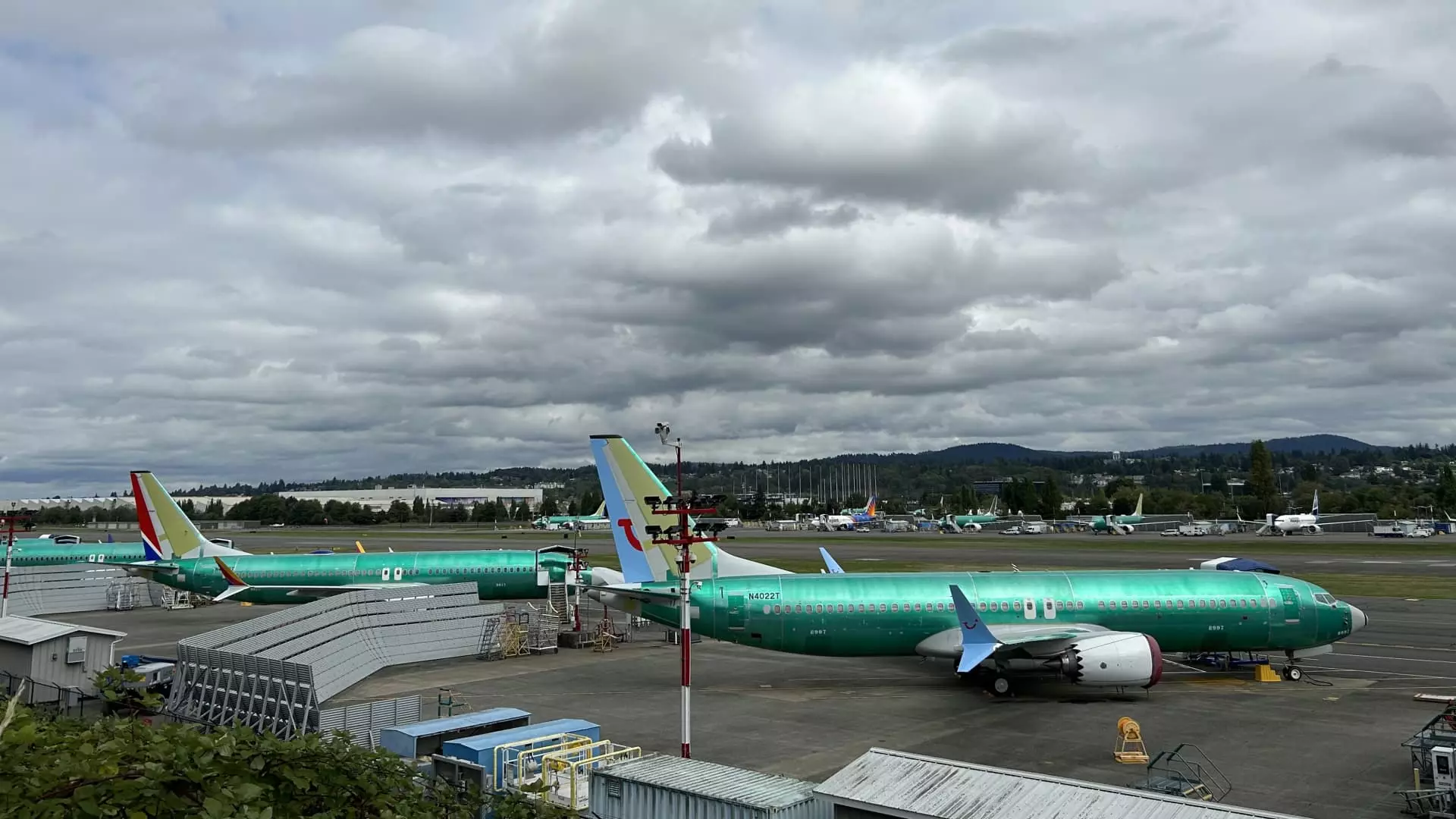In 2024, Boeing faced significant operational challenges, resulting in the delivery of only 348 aircraft. This figure represents a sharp decline of nearly one-third compared to the previous year. Key factors contributing to this deterioration included a severe midair incident involving a door panel blowout along with a machinist strike in the fall, which disrupted production processes significantly. This downturn in operations has positioned Boeing further behind its most prominent competitor, Airbus, which delivered an impressive 766 jets—its highest numbers in years. The gap in performance between the two aerospace giants reflects not only Boeing’s internal struggles but also broader challenges within the aviation industry.
Both Boeing and Airbus are grappling with complex supply chain constraints that have hindered their production capabilities. As demand for aircraft surged post-pandemic, the pressure on suppliers escalated, creating significant bottlenecks. This scenario led to increased leasing prices as aircraft shortages pushed rental rates to anticipated record highs, as noted by aviation consultancy firm IBA. For manufacturers like Boeing, timely aircraft deliveries are of paramount importance; it is at this juncture that customers typically complete the majority of their payments for new aircraft. As deliveries dwindle, the implications for cash flow and financial stability become increasingly evident.
Despite the delivery setbacks, Boeing managed to secure 142 gross orders in December alone, driven largely by demand for its 737 Max and 787 aircraft models. Notable orders included a substantial deal with Turkey’s Pegasus Airlines for 100 737 Max jets and 30 787s from flydubai. These contracts highlight a glimmer of optimism amid the turmoil, showcasing that customer interest remains robust, despite Boeing’s current operational challenges. However, this positive news was tempered by the cancellation of over 130 orders due to the collapse of Jet Airways in India, underscoring the volatility of the market and the precariousness of the recovery.
Boeing’s future will depend heavily on its ability to address the systemic issues affecting operations and restore investor confidence. The upcoming earnings call is an essential venue where Boeing’s leadership, including CEO Kelly Ortberg, will clarify strategic initiatives aimed at ramping up production and reviving profitability. With net orders standing at 377 for the year, including adjustments, Boeing’s focus must now center on stabilizing its supply chain, enhancing production efficiency, and rebuilding its reputation in the global market.
While 2024 has posed substantial challenges for Boeing, the company also has significant opportunities to capitalize on renewed customer interest. The path to recovery will not be easy, but with focused efforts and strategic planning, Boeing might once again take flight in the competitive aerospace landscape. The next steps will define the company’s resilience and capability to navigate through adversity.

